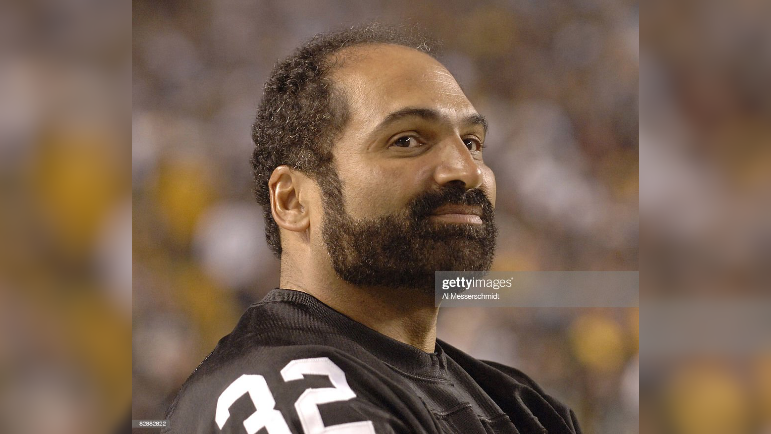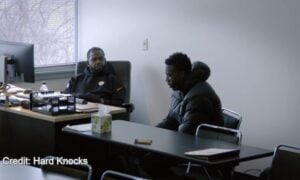Closing in on the one-year mark of his shocking passing, former Pittsburgh Steelers running back and Hall of Famer Franco Harris remains an icon, not only for the Steelers but at Penn State University. It was in Happy Valley where he made his name and cemented his legacy before taking the NFL by storm in 1972 and beyond.
Harris, who died on Dec. 20, 2022, just days before his No. 32 jersey was set to be retired and immortalized by the Steelers forever in a Christmas Eve matchup against the Las Vegas Raiders at Acrisure Stadium, had a mural unveiled at Penn State over the weekend.
The mural, according to the Penn State All-Sports Museum, is made up of 2,000 photos that were sent in by family, friends, and his fans, and portrays Harris in his Penn State No. 34 jersey. The mural will be displayed until December 2024.
Here’s a good look at the newly unveiled mural that the Pro Football Hall of Fame shared on Twitter.
Harris played at Penn State from 1969-71 under former head coach Joe Paterno. At Penn State, Harris was primarily a fullback in his first season but then transitioned to running back, taking off from there. During his time in Happy Valley, Harris rushed for 2,002 yards and 24 touchdowns, averaging more than 5.0 yards per carry for the Nittany Lions. He added 28 receptions for 352 yards and one touchdown.
After leading Penn State in scoring in 1970, Harris put himself on the NFL radar, ultimately leading to him being selected in the first round of the 1972 NFL Draft by the Steelers at No. 13 overall. Once in Pittsburgh, he became a star and was always considered the missing piece to the dynasty by his teammates.
The first-round pick in 1972 out of Penn State helped change the trajectory of the Steelers right away as a rookie in the 1972 season with the Immaculate Reception against the then-Oakland Raiders at Three Rivers Stadium, giving the Steelers their first playoff win in franchise history. That iconic moment set off a dynasty run in the 70s that made the black and gold the shining standard for professional football.
Not only was he impactful on the field for the Steelers, but he was equally impactful off the field through various organizations, charitable donations, and more. That impact continues to be felt and shown even now, nearly a year after he died, through the mural made up entirely of photos of Harris from family, friends, and fans.








